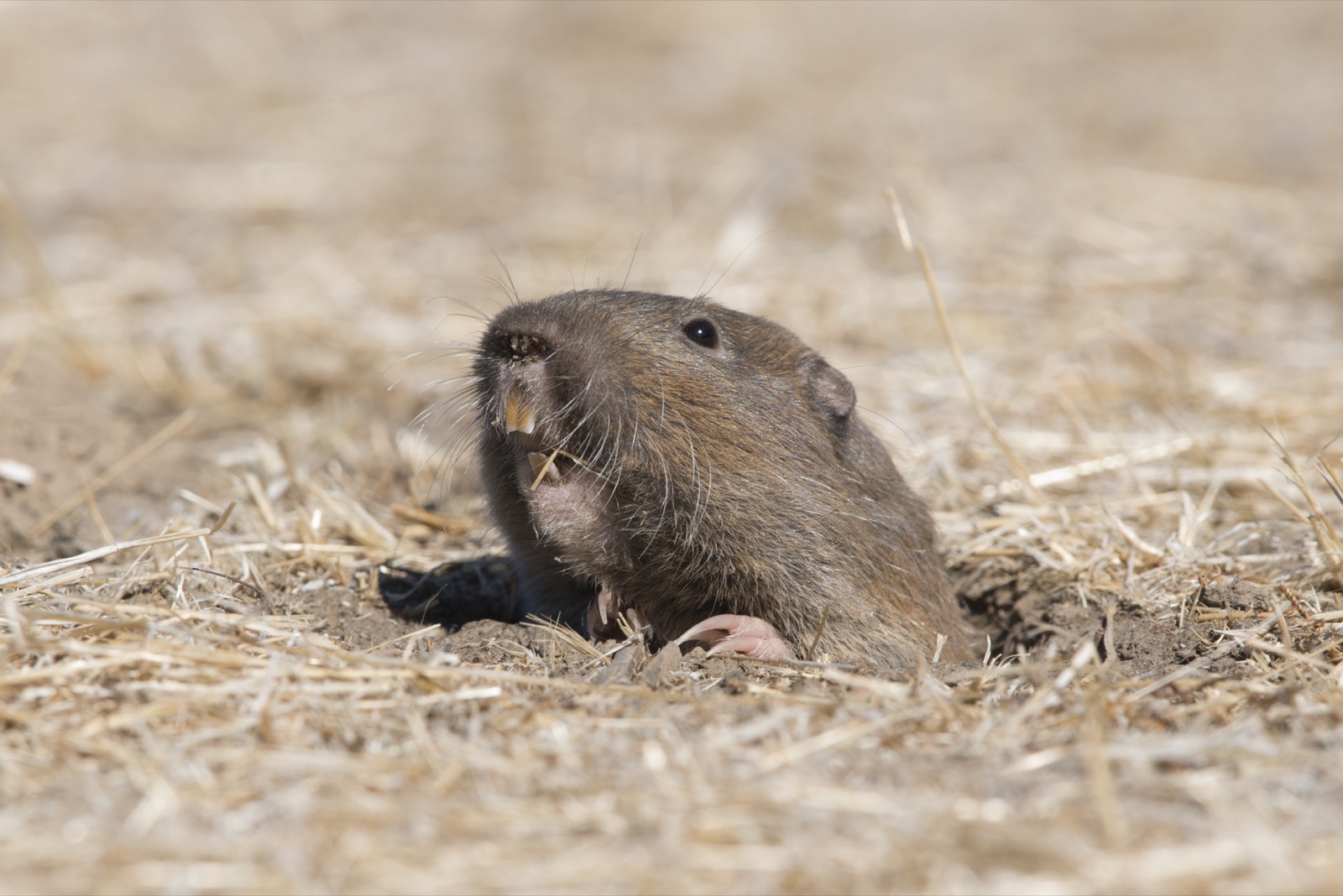Where Do Gopher Live? Unraveling Their Habitats and Behavior
Share
Have you ever wondered where do gopher live? These small, burrowing rodents are often spotted in backyards, gardens, and agricultural fields. Understanding their habitat is crucial for anyone looking to manage these creatures effectively.
Gophers belong to the family Geomyidae and are commonly found across North America. Their unique living arrangements and burrowing behaviors make them a fascinating subject of study. In this article, we will delve into the **habitats**, behaviors, and challenges posed by gophers.

Understanding the Gopher's Habitat
Gophers primarily reside in areas that provide ample food and optimal soil conditions for their burrowing lifestyle. They prefer regions with soft soils that allow for easy digging. One of their non-negotiable requirements is a steady supply of vegetation, which they rely on for sustenance.
Most gophers thrive in diverse habitats, including:
- Grasslands: These are ideal due to the abundance of grasses and other plants that facilitate a gopher's diet.
- Forests: Some gopher species can live in forested areas, where they find food and shelter among roots.
- Farmlands: Agricultural regions are rich in food sources but can also bring gophers into conflict with farmers.
Gopher Burrowing Behavior
When asking where do gopher live, it's essential to consider their underground lifestyle. Gophers are expert diggers, using their strong front paws to create extensive burrow systems. These tunnels can be up to several feet deep and miles long, depending on the species and the environment.
Gopher burrows have multiple uses:
- Nesting: They create nests within their burrows to protect themselves and their young from predators.
- Storage: Gophers often store food underground, creating a larder that helps them survive during lean times.
- Movement: The network of tunnels allows them to travel safely without exposing themselves to predators.
How Gophers Affect Gardens and Landscapes
The presence of gophers can be a double-edged sword for gardeners and homeowners. On one hand, they aerate the soil and promote drainage, which can be beneficial for plant growth. On the other hand, gophers can cause significant damage by:
- Eating roots: Gophers enjoy a variety of plants, including vegetables, flowers, and ornamental plants.
- Creating mounds: Their burrowing can lead to unsightly dirt mounds, which may disrupt landscaping efforts.
- Weakening soil: Extensive tunneling can lead to compromised soil structure, affecting the overall health of your garden.
Managing Gopher Populations in Your Area
For those dealing with a gopher problem, understanding where do gopher live can inform your management strategies. There are various approaches to managing gophers, including:
- Trapping: Using humane traps can effectively reduce gopher numbers.
- Natural repellents: Some methods involve using plants or substances that gophers dislike, as detailed in this helpful guide on repelling gophers.
- Gopher baskets: This technique involves planting susceptible plants in baskets to protect their roots.

Frequently Asked Questions
1. What do gophers eat?
Gophers primarily feed on roots, tubers, and a variety of plants, making them significant herbivores in their ecosystems.
2. Are gophers harmful to gardens?
While gophers can aerate and improve soil health, they can also damage plants and landscaping due to their foraging habits.
3. How can I get rid of gophers permanently?
Successful long-term management of gopher populations often requires a combination of trapping, habitat modification, and possibly even consulting pest control experts.
As an Amazon Associate, I earn from qualifying purchases.
